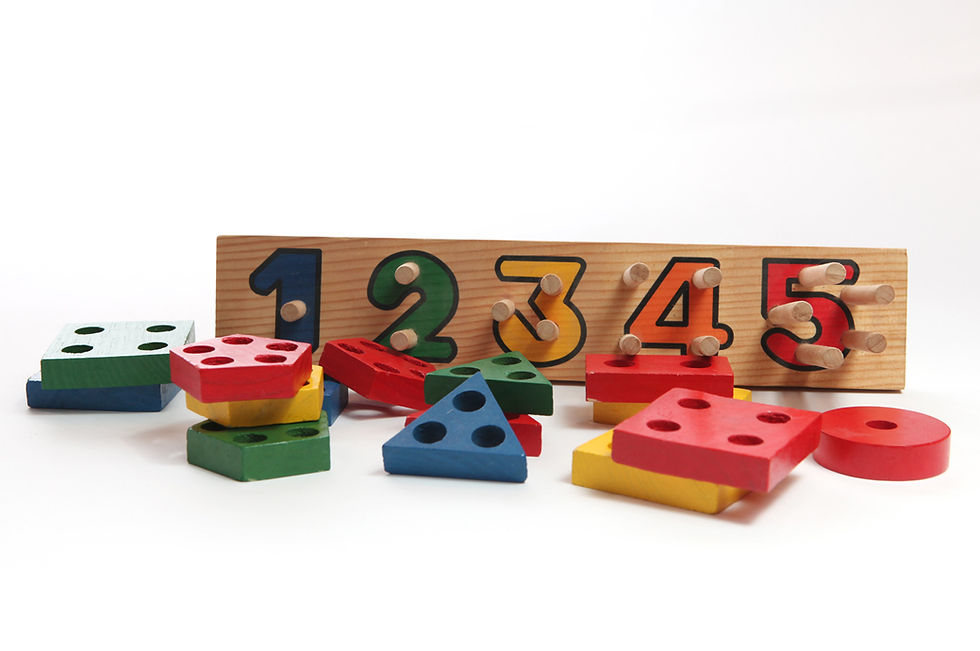
Activities that allow students to make connections between coding and literacy, as well as between coding and math

Introduce children to the basic principles of computational thinking

Unplugged Time Games/activities to promote social interactions and movement

Activities that allow students to make connections between coding and literacy, as well as between coding and math

MINIROBOTICS
LEARN CODING:




Our MiniRobotics curriculum is designed to introduce children to the basic principles of computational thinking (or coding literacy) in a fun and playful way following the “Coding as Literacy approach” , developed by Prof. Marina Umaschi Bers and members of her DevTech Research Group at Tufts University.
This approach understands the learning of computer science as a new literacy for the 21st century that supports young learners in developing new ways of thinking about themselves and the world. It allows students to make connections between coding and literacy, as well as between coding and math. This curriculum encourages students to express their thoughts, ideas, and learning through KIBO activities. The curriculum is designed for half-hour lessons but can be adapted to particular learning settings. Each lesson contains a variety of activities, including:
Our MiniRobotics curriculum is designed to introduce children to the basic principles of computational thinking (or coding literacy) in a fun and playful way following the “Coding as Literacy approach” , developed by Prof. Marina Umaschi Bers and members of her DevTech Research Group at Tufts University. This approach understands the learning of computer science as a new literacy for the 21st century that supports young learners in developing new ways of thinking about themselves and the world. It allows students to make connections between coding and literacy, as well as between coding and math. This curriculum encourages students to express their thoughts, ideas, and learning through KIBO activities. The curriculum is designed for half-hour lessons but can be adapted to particular learning settings. Each lesson contains a variety of activities, including:
-
Warm-up activities to playfully introduce or reinforce concepts
-
Opening/Closing Technology Circles to discuss, share, and reflect on activities and concepts
-
Structured Challenges with GENIE to introduce the powerful ideas from computer science
-
Expressive Explorations with GENIE to practice the skill in a creative, open-ended way
-
Unplugged Time Games/activities to promote social interactions and movement
-
Word Time to introduce key vocabulary and powerful ideas from literacy
The culmination of the unit is an open-ended project to share with family and friends. Just as young children can read age-appropriate books, computer programming can be made accessible by providing young children with appropriate tools such as GENIE. This curriculum provides integration between computer science and programming in the context of literacy. Students will learn to explore various books and write creative, fun programs using GENIE.
Each lesson plan includes preparatory instructions for teachers. In addition, estimated times for lesson preparation are included at the beginning of each lesson. Suggested opportunities for differentiation and alternate activities are included at the end of the lesson.


